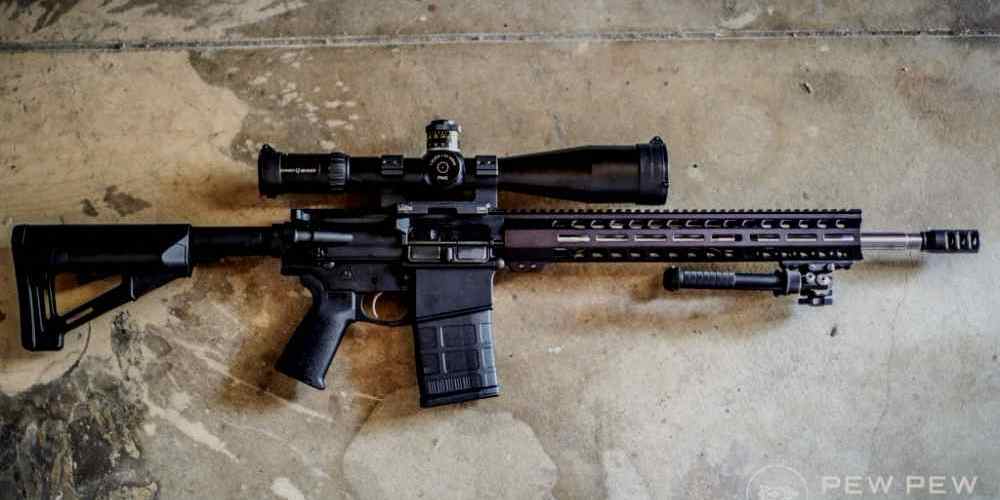Understanding AR-15 Lower Receivers
When it comes to firearms, the AR-15 is one of the most popular and versatile rifles on the market. One of the key components of an AR-15 is the lower receiver, which plays a crucial role in the functionality and customization of the rifle. In this article, we will delve into the world of AR-15 lower receivers, exploring their importance, types, legal considerations, and more.
The Basics of AR-15 Lower Receivers
The lower receiver is essentially the backbone of an AR-15 rifle. It houses the trigger group, magazine well, and controls the firing mechanism. The lower receiver is what legally constitutes a firearm according to US law. This means that purchasing or building an AR-15 requires going through a background check and adhering to all relevant regulations.
Types of AR-15 Lower Receivers
There are two main types of AR-15 lower receivers: forged and billet. Forged lower receivers are made by hammering aluminum into a mold, resulting in a strong and durable component. Billet lower receivers, on the other hand, are machined from a solid block of aluminum for a more intricate design but may be less robust than forged counterparts.
- Forged Lower Receivers: Known for their strength and reliability.
- Billet Lower Receivers: Offer more customization options but may sacrifice some durability.
Materials Used in Lower Receivers
Lower receivers are typically made from aluminum due to its lightweight properties and resistance to corrosion. However, there are also polymer lower receivers available on the market that offer weight savings but may not be as durable as their metal counterparts.
Customization and Upgrades
One of the key advantages of AR-15 rifles is their modularity, allowing owners to customize and upgrade their firearms to suit their preferences. Lower receivers play a significant role in this customization process, as they dictate compatibility with various parts and accessories.
Aftermarket Parts Compatibility
When upgrading an AR-15 lower receiver, it is essential to consider compatibility with aftermarket parts such as triggers, grips, and stocks. Some lower receivers may have proprietary designs that limit compatibility with certain accessories, so it’s crucial to do your research before making any modifications.
- Trigger Upgrades: Enhance shooting performance with a smoother trigger pull.
- Grip Options: Choose from various grip styles for improved ergonomics and control.
- Stock Choices: Customize your rifle’s length of pull for a comfortable shooting experience.
Legal Considerations
As mentioned earlier, the lower receiver is considered the firearm under US law when it comes to AR-15 rifles. This means that all regulations regarding firearms apply to the purchase, sale, and ownership of lower receivers. It is essential to comply with all federal, state, and local laws when buying or building an AR-15.
Building Your Own AR-15
Building an AR-15 from scratch can be a rewarding experience for gun enthusiasts looking to customize their rifle to their exact specifications. However, it is crucial to follow all legal requirements when assembling your own firearm. This includes purchasing a lower receiver through a licensed dealer and completing any necessary background checks.
Conclusion
In conclusion, understanding AR-15 lower receivers is essential for anyone looking to own or build an AR-15 rifle. These components serve as the foundation for customization and upgrades while also carrying legal implications under US firearm laws. By familiarizing yourself with the different types of lower receivers, materials used, customization options, and legal considerations, you can make informed decisions when it comes to your AR-15 rifle.

Whether you’re a seasoned gun owner or new to the world of firearms, knowing the ins and outs of AR-15 lower receivers will help you navigate this complex yet fascinating aspect of gun ownership.



